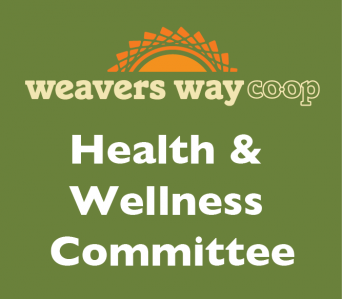
Health & Wellness Committee: Core and Balance for Dynamic Aging
This is the first in a series of articles on healthy aging, presented by the Weavers Way Health and Wellness Committee. The series will continue through the fall. Stay tuned for related articles and workshops.
Have you been feeling a little less stable walking on some of our streets and sidewalks lately? Perhaps you are having a harder time getting on the ground with your grandkids. Or maybe all of that is easy, but your movement is not as fluid as it once was.
Studies show that core-strengthening exercises can improve body strength by up to 30 percent. The core supports the spine and helps with balance and stability. And good stability in the core is related to safe and effective movement in the upper and lower body.
What exactly is the “core?” Although opinions vary on this, the core area is generally considered the muscles of the trunk. There are four major abdominal muscles in the front, three of which wrap around and connect to our hips and back. The pelvic floor also plays an important role. On our back body, there are several groups of trunk muscles that run along the sides of the spine, as well as the muscles of the shoulder girdle.
In addition, the muscles of the hips and legs attach onto the trunk and link the upper and lower body. This miraculous web holds us together, transmitting movement through the body. The core connection allows us to move in many directions with ease and stability. In fact, a lack of power and strength from the core to the lower limbs can lead to falls.
Core strengthening is recommended, as it improves posture, can relieve back soreness, and improve performance in sports such as tennis or golf. Since core strength is so important, what are some things we can do to improve it?
Training in a multi-dimensional manner is important. Exercises can be done standing, at a wall, and on the floor. Traditional exercises such as squats, lunges, planks, push-ups, and sit-ups can be helpful; for some, these exercises may be too strenuous, so modified versions can be done. Planks and push-ups at a wall can be very beneficial. Rising from a seated position, to standing upright, and slowly sitting back down again is another good exercise for strengthening the core, legs and hips. Or you might try a one-legged balance while brushing your teeth at the bathroom sink.
It is never too late to improve our core strength and balance to keep ourselves safe, active, and vital.
Diane McKallip is a personal trainer and certified Pilates instructor with a specialty in working with older adults. She owned and operated a studio in Oakland, CA for 40 years and now maintains a private practice in Philadelphia.
